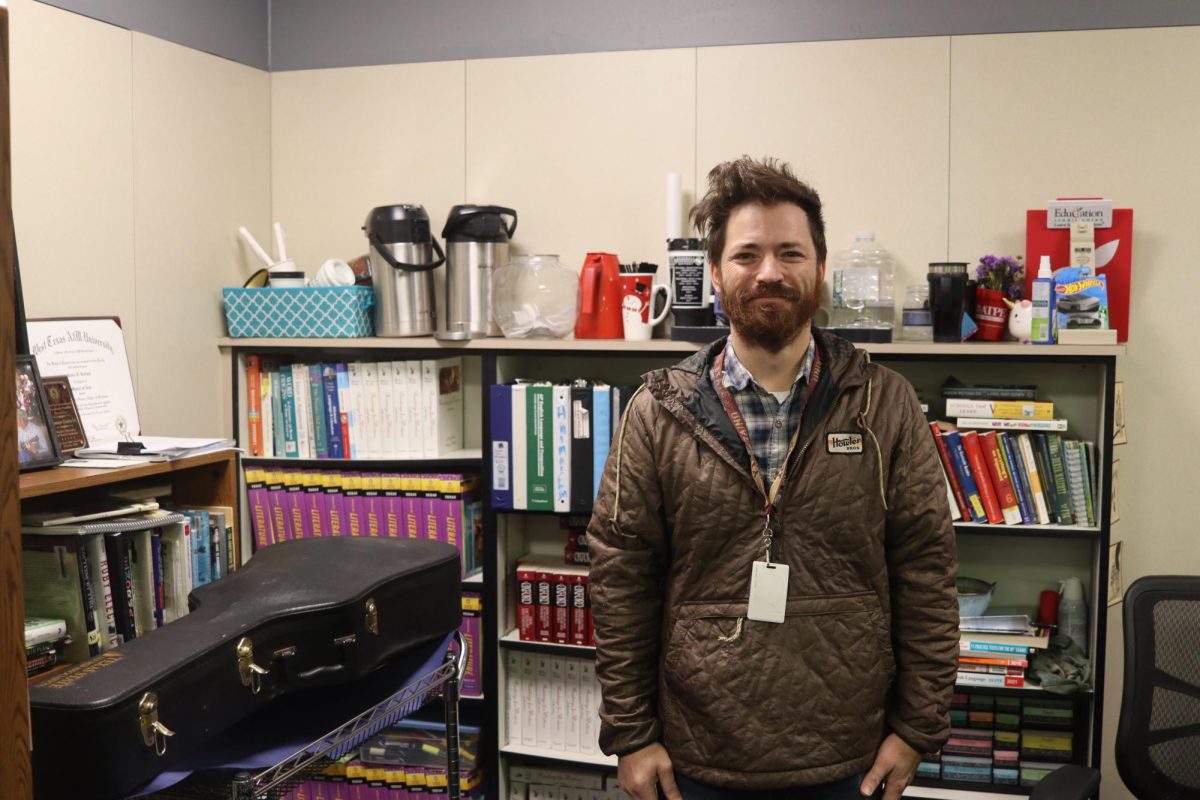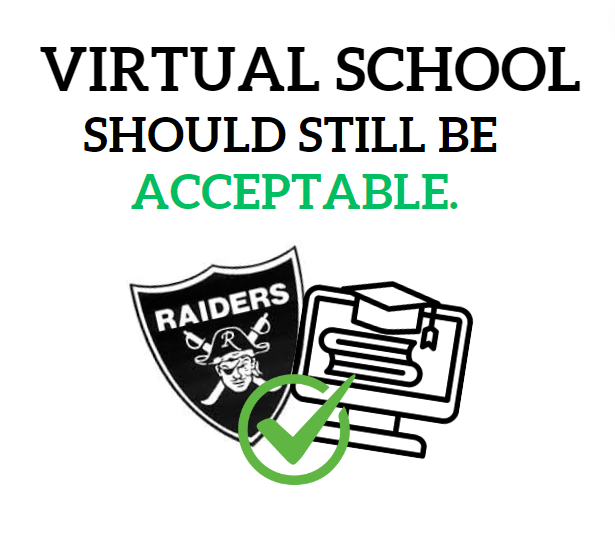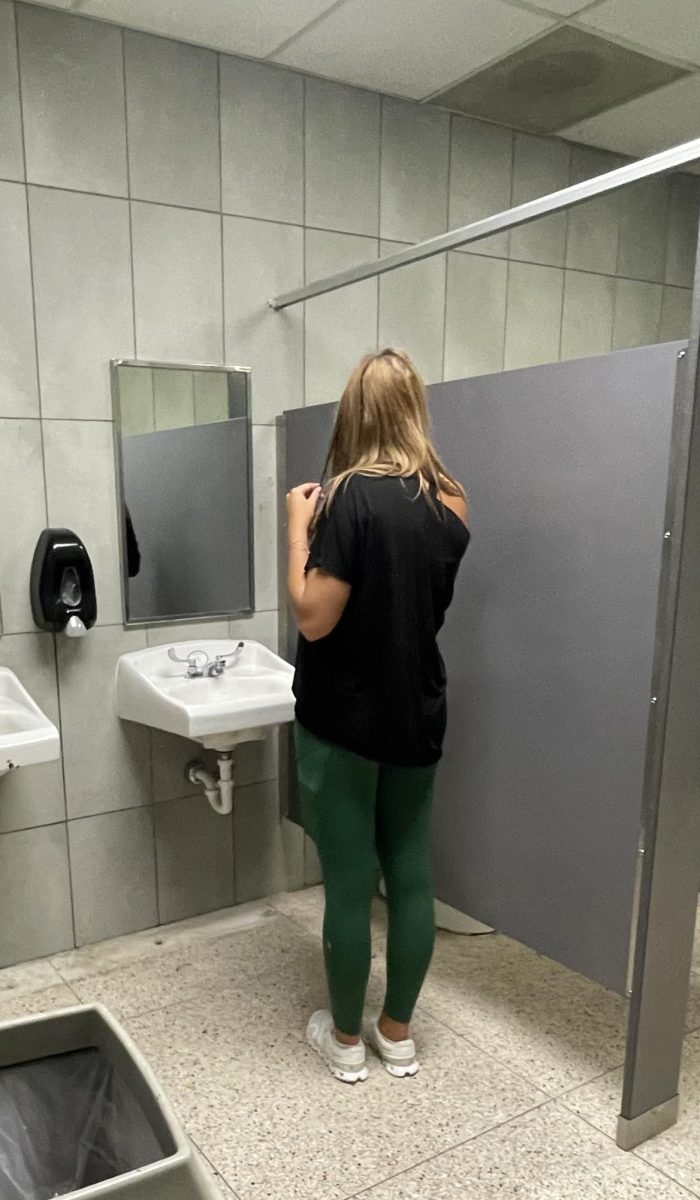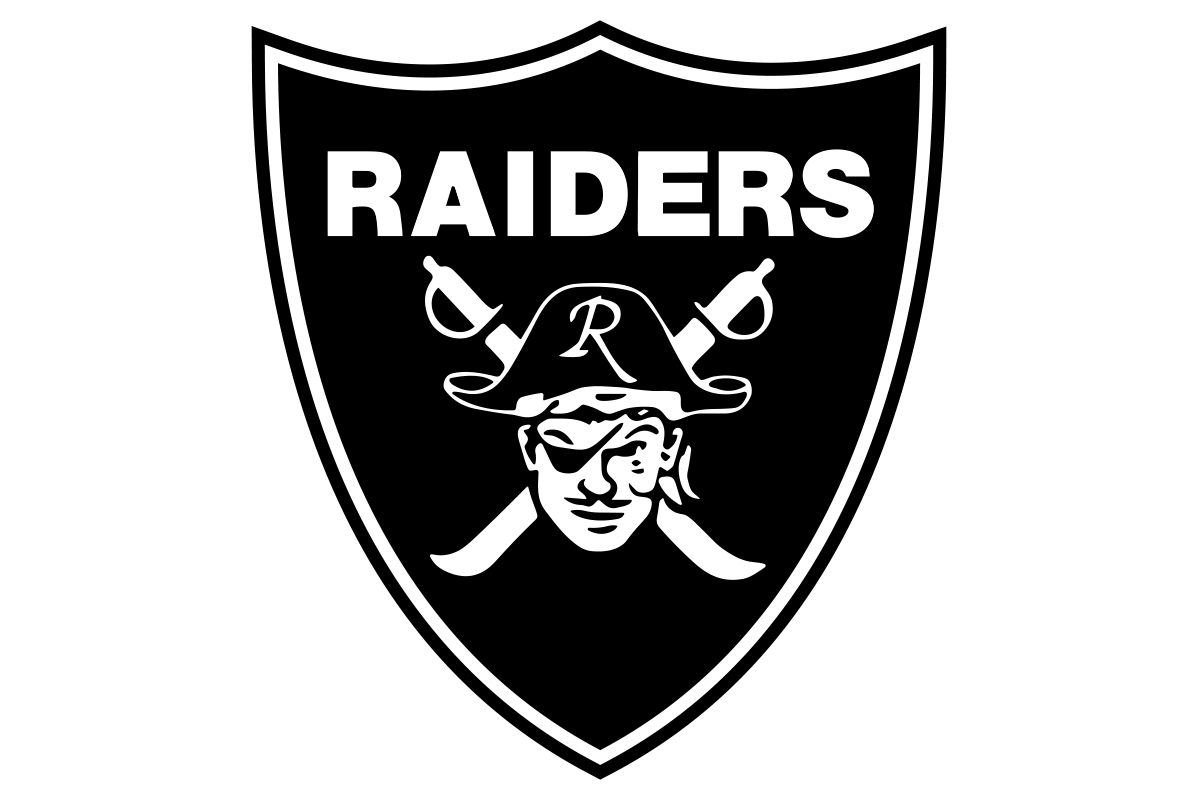Admit it, we all love being able to relax in class and watch movies. When a teacher turns down the lights and pops in a DVD, many students are inclined to just sleep. Movies may be a new and even better way to educate kids in the classroom. Movies like Flyboys or The Patriot do hold some educational value and certain students might get more out of watching the movie than sitting down and taking notes during a lecture.
Movies used as an educational source would be a better way to convey the concept to all students, no matter what type of learner they are.
Teachers shouldn’t just stop giving lectures all together, but using movies as a visual example can help students to better understand the point the teacher is trying to make. In high school, students are bombarded with lecture after lecture after lecture until their brain just stops processing information and checks out of an important lesson. Movies help to add variety in the average lesson and even give the teachers a well-deserved break. Knowing what movies convey fact can totally alter the way students learn and understand certain concepts.
Teenagers have so many other things they have to worry about outside of school. Things like band, football, friend drama, family crisis, or even depression are all things that get in the way of a student’s ability to listen to a lecture and grasp every concept. Plenty of students have learning disabilities like dyslexia that effect how they see and read the written word. Movies, being moving pictures, can help those students to still learn what they need to, but not have to read or write in the process. Students with hearing disabilities, students who speak a different language, or just students who have a hard time focusing on what their teacher says, can all benefit from educational movies. Just giving lectures and having students read from boring textbooks is unfair to those students who don’t learn that way. Movies could also be used as a way for students who can’t make it to school, to still learn what they need to pass. For example, if a student has an illness that causes them to miss school, a teacher could make a list of movies or videos for them to watch and take notes on so they can still learn the lesson and not have to sit and listen to a lecture after they return to school and be so far behind they have to rush just to learn everything before the final tests.
While films are mainly used to entertain, they can also be used to teach in a different way. Movies help to give students a different perspective on events in history or how certain events shaped our world. When a student sits down to watch a movie, his or her perspective on what was going on and seeing how those characters react changes how they interpret the lesson. Most of the time, students will enjoy seeing those movies and will actually get more from the movie than taking notes from a textbook, not to mention the fact that approximately 65 percent of the population are visual learners; just think of how using movies as educational sources could affect learning in a positive way.
The bottom line is that movies are a great way to teach a lesson without the risk of boring students to death with a lecture. Not all students can learn from just reading and taking notes and their grades will reflect that, but if a movie is shown, the student is more likely to fully understand and have a visual memory of the lesson as opposed to just hearing or reading it.
In this modern world we live in, it is acceptable to use things like movies to teach students. We don’t have to stick to the old methods of, “read these pages, listen to my lecture, take notes, and you have a test Friday,” in our classrooms. There are more options than just lectures. Movies could open doors to whole other ways of learning, improve grades, and even give hope to students who previously felt defeated with the old methods of teaching.









